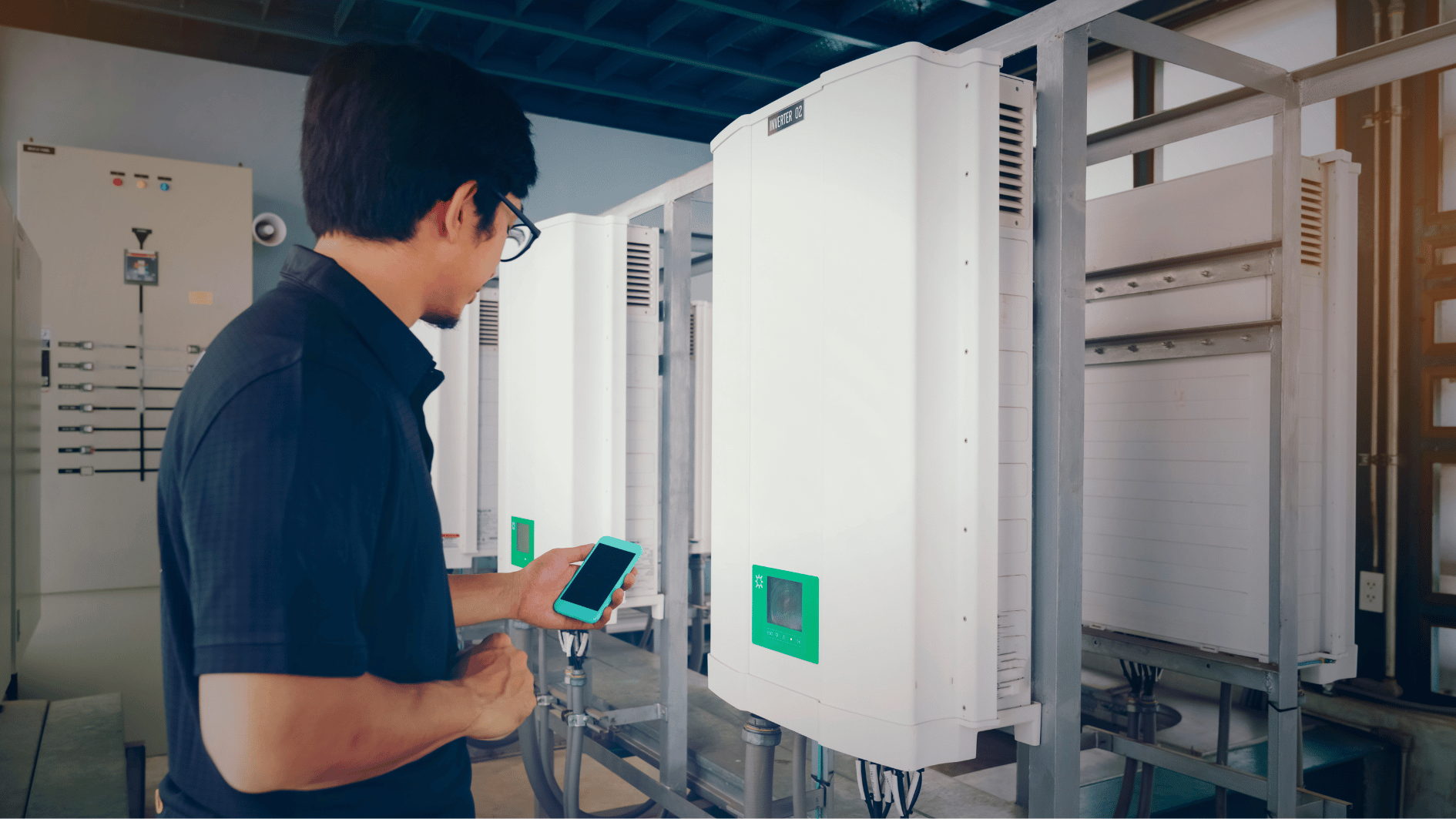Image source: Canva.com
As solar energy adoption grows, so does the importance of efficient inverter technology. Inverters play a pivotal role in solar power systems by converting direct current (DC) from solar panels into the alternating current (AC) used in homes and the grid. Inverter technology has evolved dramatically, enhancing solar system performance, flexibility, and reliability. This article explores the development of inverter technology, its importance, and why choosing the right inverter is essential for maximizing solar energy output.
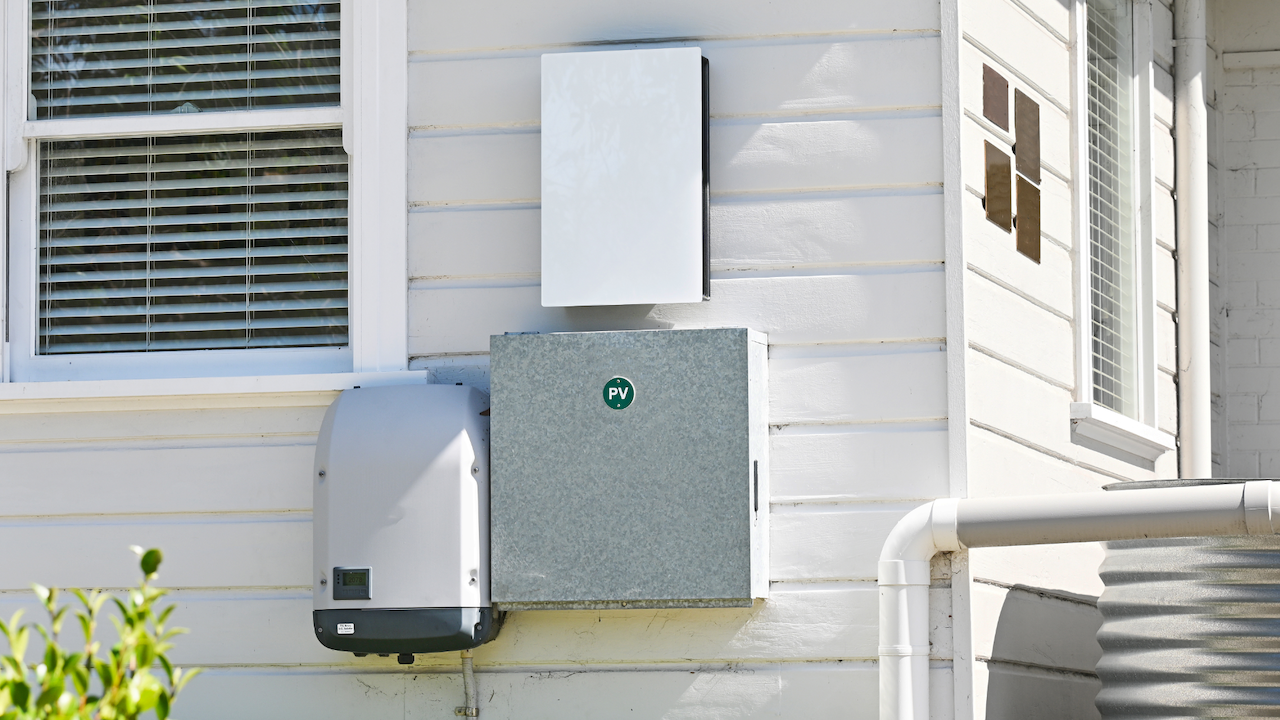
Solar Inverters: A Comprehensive Overview
The Importance of Inverter Technology in Solar Energy Systems
Inverters are more than just power converters; they are the “brains” of solar systems. Beyond conversion, inverters provide monitoring capabilities, optimize energy production, manage grid connectivity, and support integration with energy storage solutions. The effectiveness of inverter technology directly impacts energy yield, system lifespan, and compatibility with future energy technologies, making the right inverter choice crucial for homeowners and businesses.
The Evolution of Solar Inverter Technology
Inverters have advanced significantly since solar energy systems first gained popularity. The following overview highlights key stages in inverter technology development and how each evolution has improved solar power system capabilities.
Traditional String Inverters
- String inverters are centralized inverters that connect multiple solar panels in a series (or “string”) and convert their combined DC output into AC power. They are generally installed away from the panels, often on an exterior wall or near the electrical panel.
- In a traditional string system, if one panel’s output drops due to shading or dirt, the entire string’s output suffers, reducing overall efficiency. This is because each panel in the string relies on the same current as the other panels.
- String inverters remain popular in residential and commercial installations due to their cost-effectiveness and reliability, especially in installations with uniform sun exposure and minimal shading.

Understanding String Inverters in Solar Energy Systems
Microinverters
- Microinverters were developed to address the limitations of traditional string inverters. A microinverter is a small inverter installed on each solar panel, converting DC to AC power directly at the panel level.
- Microinverters allow each panel to operate independently, so if one panel is shaded or malfunctioning, it doesn’t affect the others. This independence optimizes energy output for systems with irregular roof designs, partial shading, or varying orientations.
- Microinverters are highly effective for residential rooftops with complex layouts, shading issues, or other variations. While initially more expensive than string inverters, microinverters have become increasingly cost-competitive, and their ability to maximize output often justifies the investment.
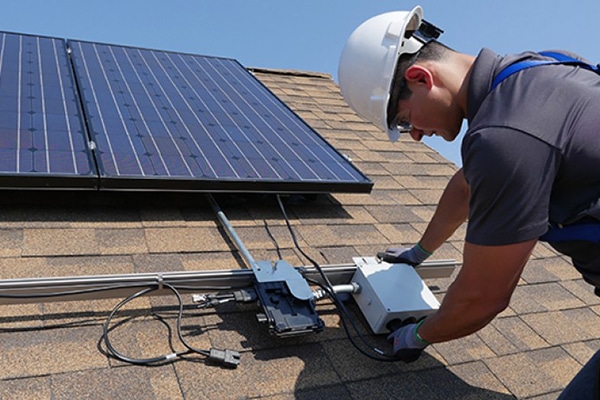
Essential Insights About Microinverters
Power Optimizers
- Microinverters were developed to address the limitations of traditional string inverters. A microinverter is a small inverter installed on each solar panel, converting DC to AC power directly at the panel level.
- Microinverters allow each panel to operate independently, so if one panel is shaded or malfunctioning, it doesn’t affect the others. This independence optimizes energy output for systems with irregular roof designs, partial shading, or varying orientations.
- Microinverters are highly effective for residential rooftops with complex layouts, shading issues, or other variations. While initially more expensive than string inverters, microinverters have become increasingly cost-competitive, and their ability to maximize output often justifies the investment.
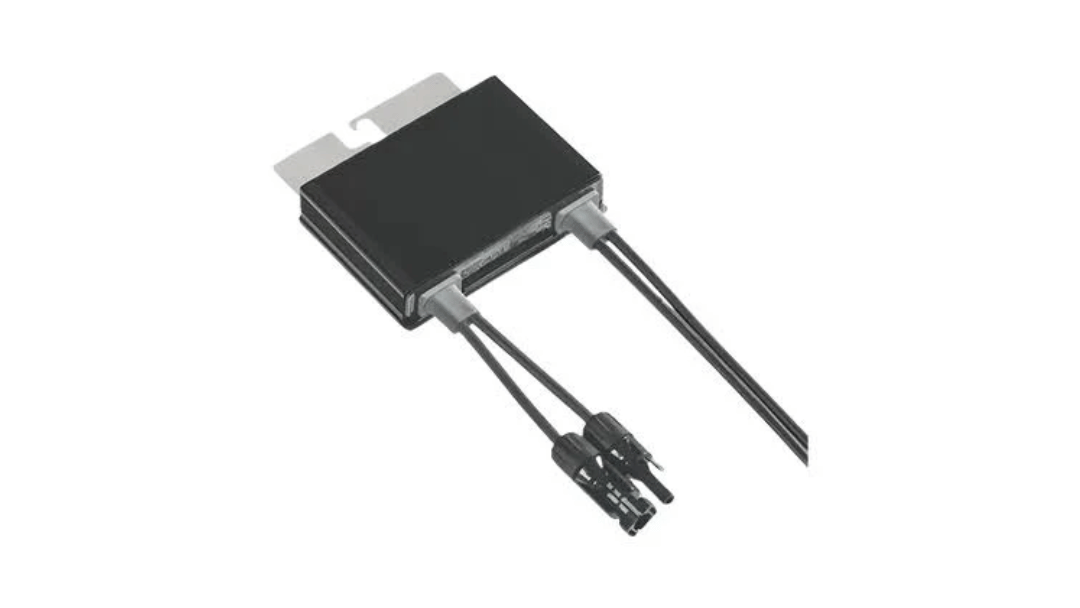
What Are DC Power Optimizers and How Do They Work?
Hybrid and Smart Inverters
- Hybrid inverters are designed to work with energy storage systems, allowing users to store excess solar power in batteries for later use. These inverters can intelligently switch between using solar, battery, and grid power, depending on energy needs, time of day, and utility rates.
- Recent advances in inverter technology have led to the development of smart inverters, which are designed for advanced grid interaction. Smart inverters can communicate with the grid, automatically adjusting their output in response to grid conditions. This feature is essential for supporting grid stability as more solar energy comes online.
- Hybrid and smart inverters enable energy independence and grid support. They’re ideal for users interested in energy storage, peak demand management, or supporting grid stability.
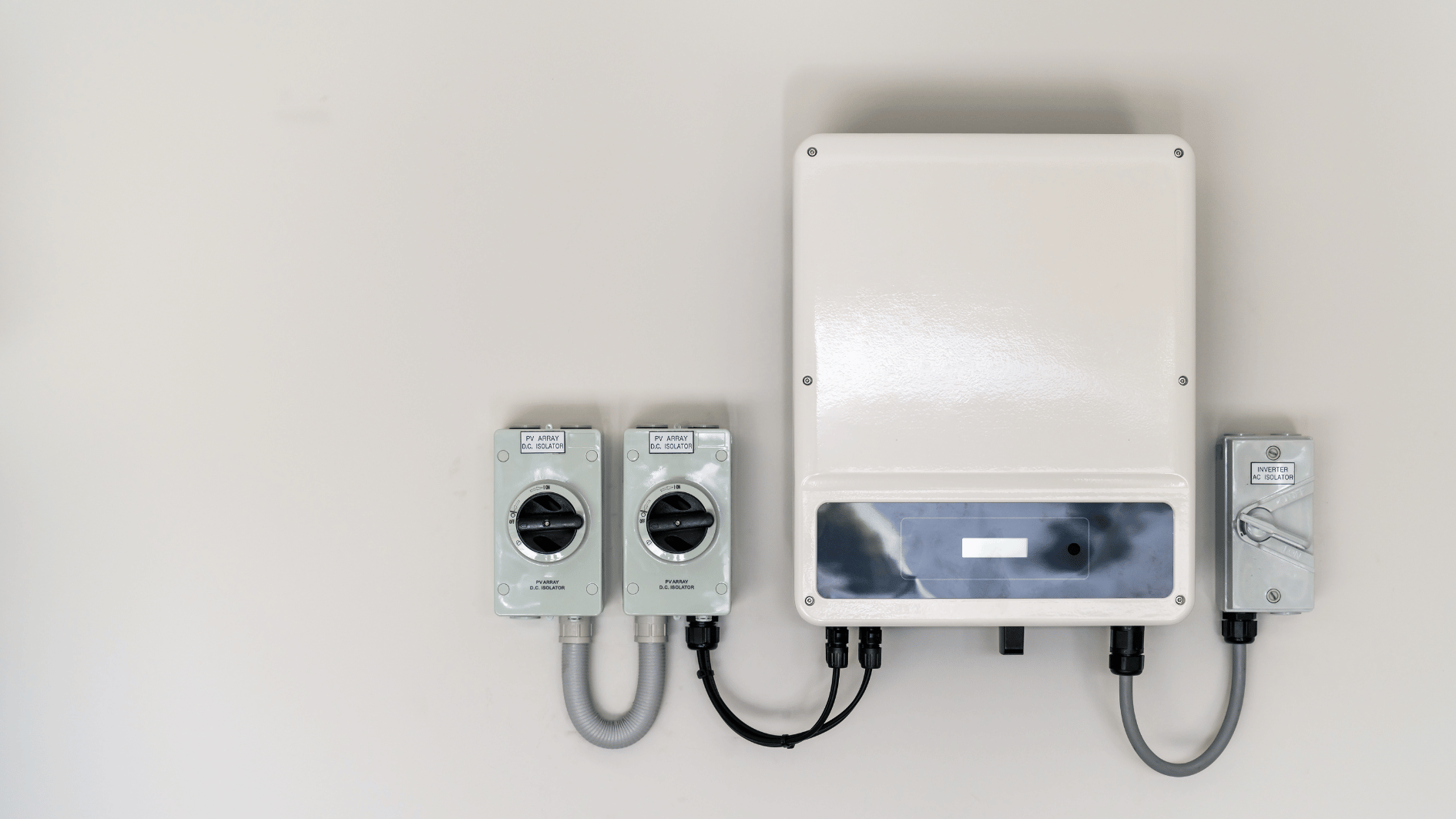
Everything You Need to Know About Hybrid Inverters
Why Inverter Technology Matters for Solar Energy Systems

Maximizing Energy Production
Modern inverters with advanced features, such as maximum power point tracking (MPPT), allow systems to optimize energy production under varying conditions. Power optimizers and microinverters help ensure each panel operates at its maximum potential, enhancing the overall efficiency of the solar array.

Improving System Reliability and Longevity
Advances in inverter technology have led to systems that can handle complex conditions, such as shading and diverse panel orientations. For example, microinverters and power optimizers help reduce the risk of “hot spots” that can occur when shaded panels generate heat rather than electricity, thereby extending panel life.

Monitoring and Maintenance
Advances in inverter technology have led to systems that can handle complex conditions, such as shading and diverse panel orientations. For example, microinverters and power optimizers help reduce the risk of “hot spots” that can occur when shaded panels generate heat rather than electricity, thereby extending panel life.

Supporting Grid Stability and Energy Storage
With the increase in solar adoption, grid stability has become a priority. Smart inverters can help stabilize the grid by adjusting their output in response to voltage or frequency fluctuations. Hybrid inverters, which support battery storage, allow users to store excess solar power, use it during peak times, or provide backup power during outages.

Compatibility with Future Technologies
As technology advances, so does the potential for solar systems to integrate with other smart home solutions and energy technologies. Modern inverters are designed to support energy storage, smart home devices, and grid interactivity, ensuring that solar investments remain compatible with future technology and energy needs.
Choosing the Right Inverter for Your Solar System
Selecting the right inverter depends on your specific energy needs, property layout, and budget. Here’s a quick guide:
- String Inverters: Suitable for straightforward installations with consistent sunlight exposure and minimal shading. They are budget-friendly and effective for systems without complex requirements.
- Microinverters: Ideal for rooftops with shading issues, complex layouts, or varying orientations. Microinverters maximize panel performance and system efficiency under these conditions.
- Power Optimizers: Provide a middle-ground solution, improving panel-level optimization at a lower cost than microinverters, and are well-suited for both residential and commercial applications.
- Hybrid/Smart Inverters: Best for users interested in energy storage, peak demand management, or advanced grid support. These inverters future-proof systems for additional capabilities.

Inverter technology has evolved significantly, bringing improved efficiency, flexibility, and reliability to solar power systems. Understanding the different types of inverters and their unique benefits is essential for maximizing the performance and longevity of a solar energy investment. Whether it’s a string inverter, microinverter, power optimizer, or hybrid inverter, choosing the right technology for your needs ensures that you get the most out of your solar power system and are well-positioned to benefit from future advancements in renewable energy.


